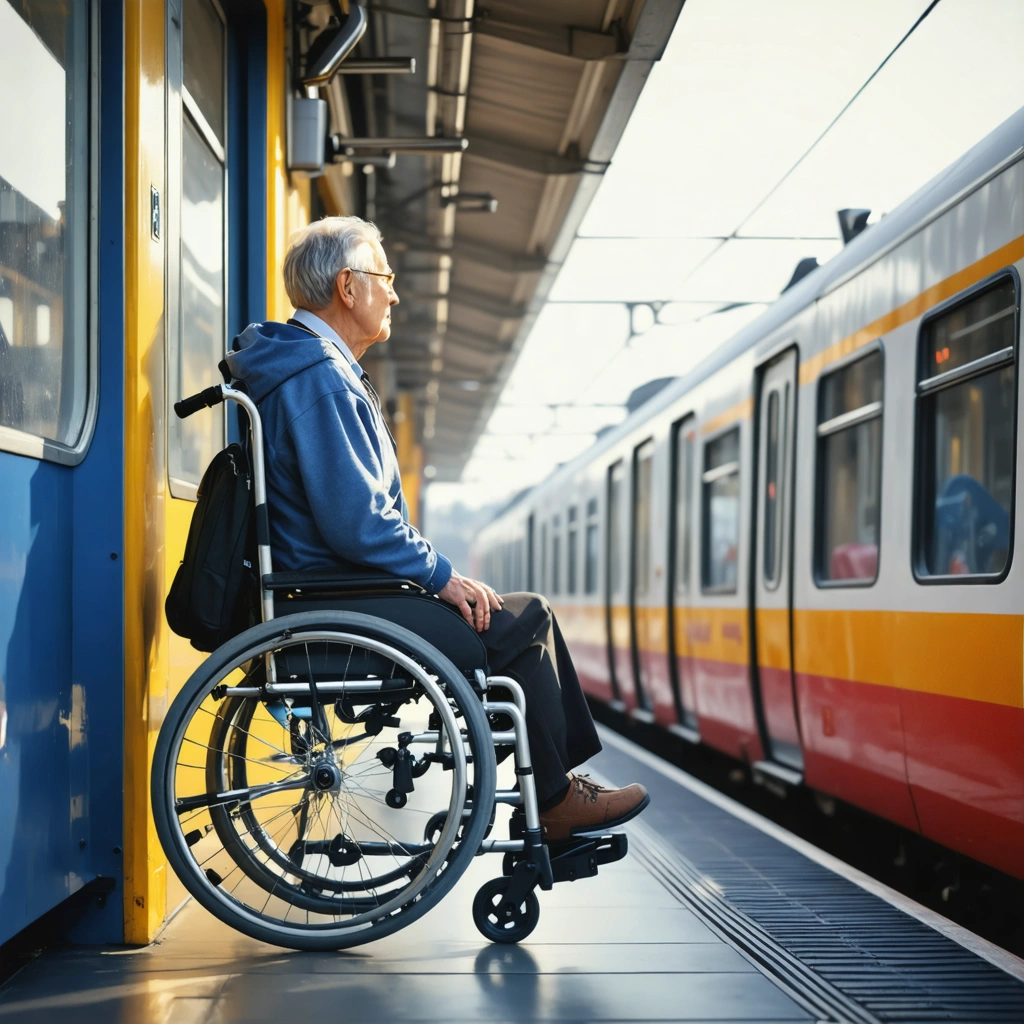
Introduction
The accessibility of transport services for disabled passengers has become a major business and social concern in recent years. A recent report by parliament’s cross-party transport select committee highlights the systematic failings that have long plagued the system. Disabled travel access is not merely an inconvenience—it represents a significant oversight that can result in lost business opportunities, a decline in public trust, and unnecessary hardships for vulnerable individuals. This article examines the insights provided by the report, explores the implications for transport infrastructure and operations, and recommends strategies that can be adopted by businesses and regulatory authorities alike.
Understanding the Systematic Failings
Context and Overview
According to the comprehensive report, disabled travel access is widely recognized as an embarrassment, largely due to its systematic shortcomings. The findings suggest that:
- Accessibility standards are inconsistently applied across different modes of transport.
- Infrastructure investments often overlook the requirements of disabled travelers.
- Policy enforcement is lax, with little accountability observed in cases of non-compliance.
These points highlight a broader trend where operational practices have failed to evolve with societal needs. The report calls for immediate attention to these issues, underscoring the need for regulatory frameworks that better integrate modern accessibility requirements.
Infrastructure and Operational Challenges
The challenges can be categorized into both infrastructural deficiencies and operational gaps:
- Infrastructural Limitations: Many transport systems suffer from outdated designs that do not consider the mobility and safety needs of disabled passengers.
- Operational Inefficiencies: The lack of adequate training for staff and insufficient support systems lead to inconsistent service quality.
Furthermore, the report highlights that no single area of the transport sector has been entirely free from these issues. Instead, each mode of transport—be it rail, air, or road—displays a unique set of challenges. Below is a table summarizing common issues and corresponding operational shortcomings:
| Transport Mode | Infrastructure Issue | Operational Challenge |
|---|---|---|
| Rail | Inadequate platform access and outdated station design | Insufficient staff training for emergency situations |
| Air | Limited boarding ramps and inadequate in-flight accommodations | Poor communication of available assistance services |
| Road | Accessibility barriers in bus stops and terminals | Irregularity in service provisions and outdated scheduling systems |
Recommendations and Business Implications
Enhancing Accessibility through Strategic Approaches
Improving disabled travel access is not solely a regulatory requirement but also a significant business opportunity. The following recommendations are designed to help organizations address these systemic failings:
- Investment in Modern Infrastructure: Updating facility layouts, platforms, and boarding systems to meet current accessibility standards.
- Staff Training and Awareness Programs: Implement comprehensive training programs that equip staff with the knowledge and skills to effectively assist disabled passengers.
- Adopting Advanced Technologies: Leveraging digital platforms to provide real-time updates, booking assistance, and personalized support to passengers with disabilities.
Business leaders are increasingly recognizing that improvements in accessibility can lead to broader customer inclusivity and enhanced service reputation. Moreover, these initiatives can drive competitive advantage by attracting a diverse customer base and fostering loyalty among all travelers.
Long-Term Business Benefits and Strategic Impacts
While the challenges are formidable, the opportunities created by addressing these failings can yield substantial long-term benefits. Companies that invest in accessible travel infrastructure may enjoy:
- Enhanced Brand Reputation: Being perceived as socially responsible reinforces positive brand associations and attracts both customers and investors.
- Increased Market Share: Tapping into an underserved link of society can result in increased ridership and consumer engagements.
- Operational Efficiency: Streamlined processes and a commitment to safety can lead to improved overall service quality and reduced liability risks.
Moreover, a commitment to accessibility can serve as a driving force for innovation. Businesses are encouraged to adopt a holistic approach wherein policy, infrastructure, and operational improvements align to create a seamless travel experience for all users.
Conclusion and Future Actions
The Path Forward
The current state of disabled travel access, described in the report as an “embarrassment” by MPs, points to systematic deficiencies that urgently need addressing. For both public transport providers and private transport companies, the need for a concerted effort toward modernizing systems is clear. A coordinated approach involving government bodies, regulatory agencies, and the private sector is essential to turn these challenges into opportunities.
Future steps should include:
- Conducting thorough audits of existing infrastructure to identify specific areas for improvement.
- Developing clear action plans that prioritize safety, accessibility, and inclusivity.
- Engaging with disabled communities to ensure that their needs and experiences guide policy formation.
In summary, the report not only exposes the current failings but also serves as a catalyst for future reforms. By embracing a business mindset that prioritizes accessibility, organizations can not only meet regulatory expectations but also secure a competitive edge. The journey toward equitable and reliable travel access for disabled individuals is complex, yet achievable, provided all stakeholders commit to meaningful change. Businesses that lead this initiative will not only enhance their service offerings but also contribute to a more inclusive society, where every traveler is valued and accommodated.




